S-Mini Analog Optical Transmitter with Pigtail
S-Mini Analog Optical Transmitter with Pigtail
S-Mini Analog Optical Transmitter with Pigtail
Features
●Supper-Mini size :31.3mm*17mm*10mm(L*W*H)
●Un-cooled(without TEC),low power consumption
●CWDM wavelength optional
●Wide operating frequency from 10MHz to 6GHz
●Flat frequency response
●Single +5V Power supply
●Have optical power monitoring function
●Automatic optical power control(APC)
●Broadband low noise amplifier(LNA) integrated(optional)
●Bias-T circuit integrated for power supply through the RF SMA connector(optional,see the schematic diagram below)
●RoHS compliant and CE certification
●Excellent EMI/EMC design
Applications
●WiMAX / 4G / 5G
●Satellite communications
●Mobile backhaul
●GPS signal transport
●All-Digital QAM network
●Data and video distribution
●Distributed antenna system
Absolute Maximum Ratings Note:Operation beyond these absolute maximum conditions may degrade device performance, lead to device failure, shorter lifetime, and will invalidate the device warranty.
Note:Operation beyond these absolute maximum conditions may degrade device performance, lead to device failure, shorter lifetime, and will invalidate the device warranty.
Typical Specification(1)
 Note: (1) The lower start frequency such as 9kHz can be customized (without LNA only); (2) Test with F-tone Networks FT-79 series S Mini optical receiver (see the picture below) and the fiber is 1-meter SMF-28 fiber.
Note: (1) The lower start frequency such as 9kHz can be customized (without LNA only); (2) Test with F-tone Networks FT-79 series S Mini optical receiver (see the picture below) and the fiber is 1-meter SMF-28 fiber.  Connector
Connector Laser Safety and ESD Protection
Laser Safety and ESD Protection
1,The laser safety level of FT-79 series optical Tx modules is ClassⅢB (5mW~500mW). When using the Tx laser, the user has to avoid to exposure to the beam.
2, The FT-79 series optical Tx modules have electrostatics sensitivity devices, so the user has to do a good job of ESD protection when using the modules. Heat Dissipation Requirements:
Heat Dissipation Requirements:
In order to ensure proper performance, heat sinking and heat removal must be provided by the user to limit maximum temperature of the transmitter and receiver module. The bottom of the module is the preferred heat dissipation surface.
Mechanical (unit: mm) Note: When using the module, the bottom of the module needs to be fully cooled.
Note: When using the module, the bottom of the module needs to be fully cooled.
Ordering Information
Optical Transmitter Note:(1) The lower start frequency such as 9kHz is available upon request (without LNA only (2) Other wavelengths is available upon request; (3) Other types of optical fiber connector type is available upon request; (4) Other temperature range is available upon request, (5) LNA only supports TSC frequency band for the time being
Note:(1) The lower start frequency such as 9kHz is available upon request (without LNA only (2) Other wavelengths is available upon request; (3) Other types of optical fiber connector type is available upon request; (4) Other temperature range is available upon request, (5) LNA only supports TSC frequency band for the time being
Important Notice
Performance figures, data and any illustrative material provided in this data sheet are typical and must be specifically confirmed in writing by F-tone Networks before they become applicable to any particular order or contract. In accordance with the F-tone Networks policy of continuous improvement specifications may change without notice.
The publication of information in this data sheet does not imply freedom from patent or other protective rights of F-tone Networks or others. Further details are available from any F-tone Networks sales representative.
Share
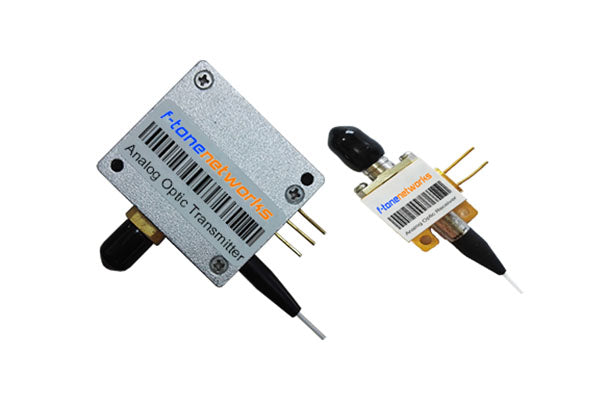
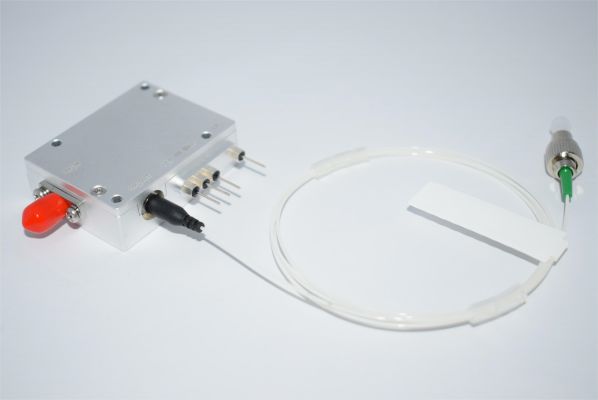
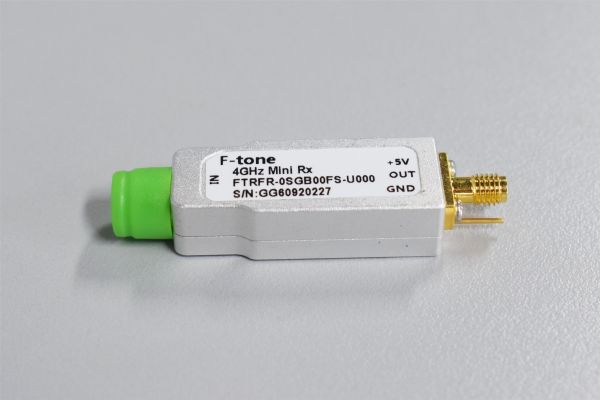
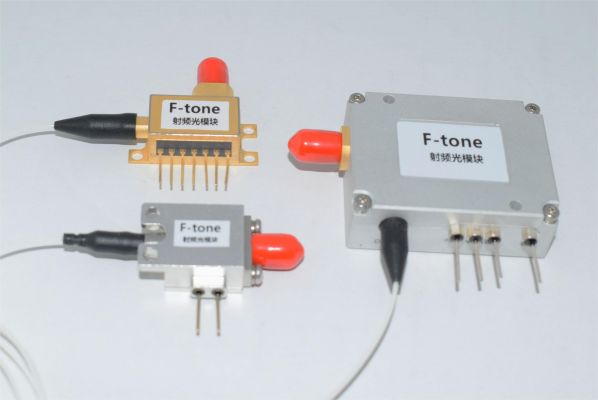
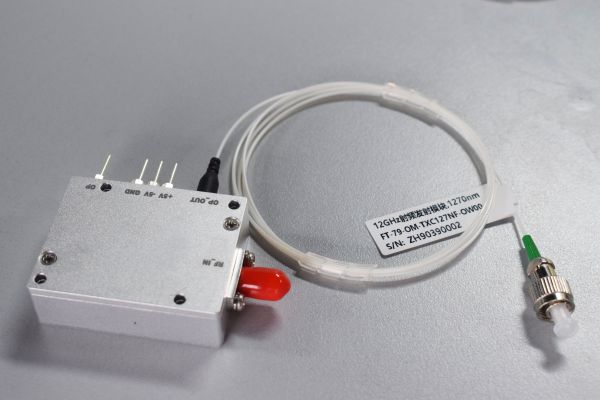

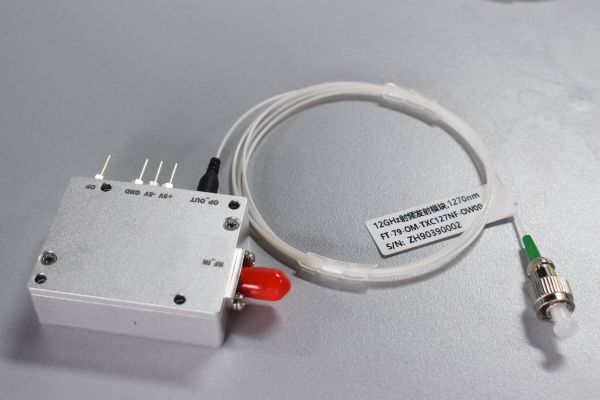
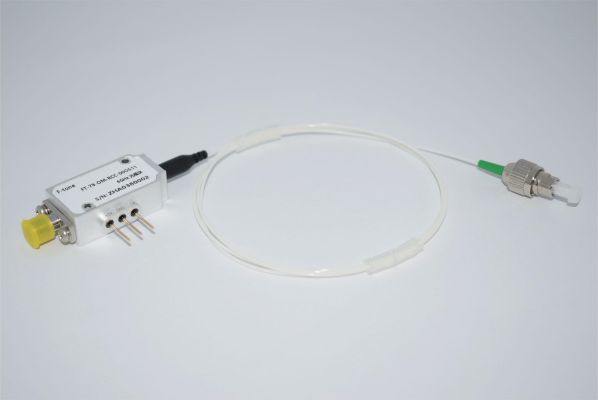
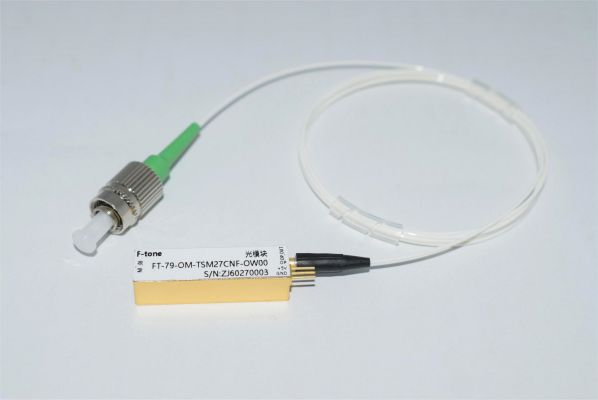
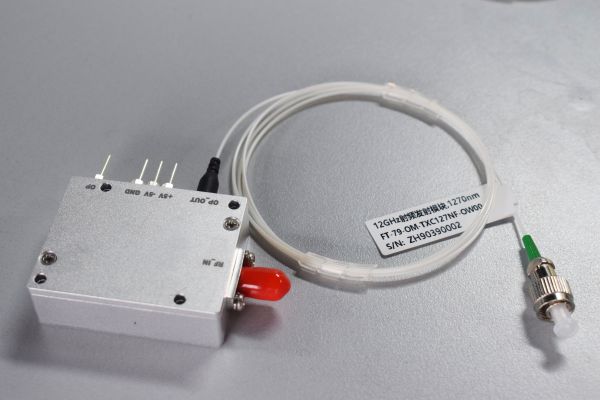
About F-tone Networks
F-tone Networks is now a world leader in development of optical transceivers and provide a wide range of high-speed optical solutions for optical communication networking, especially for AI, Data Center, enterprise data networking, Industry, aerospace, mining, shipbuilding, railway, metro, long haul transport networking, and mobile access networking applications
F-tone Networks invested in foundational photonics technologies and extensive product development and engineering with global presence in many area also.
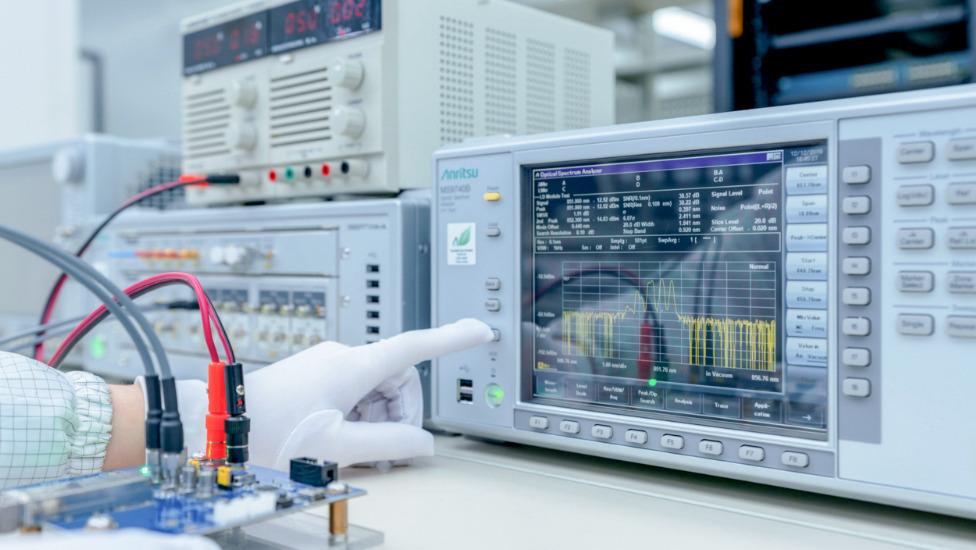
Power and Wavelength Testing
Test the signal delivering strength and wavelength, to ensure the signal decoding capacity of the receiver, and the wavelength remains consistent from the transmitter to the receiver.

Traffic Testing
Test the bit error rate and packet loss rate, to make them meet the corresponding standards and ensure the performance of transceivers.

Optical Performance Testing
Test the transceivers' eye diagram situation, receiving sensitivity, extinction ratio, wavelength, light-emitting, light-receiving, current and voltage, to ensure the signal quality, stability and reliability of the transmission.

End Face Testing
Check the end face of the transceivers and keep them clean for more stable data transmission, better performance, and durability.
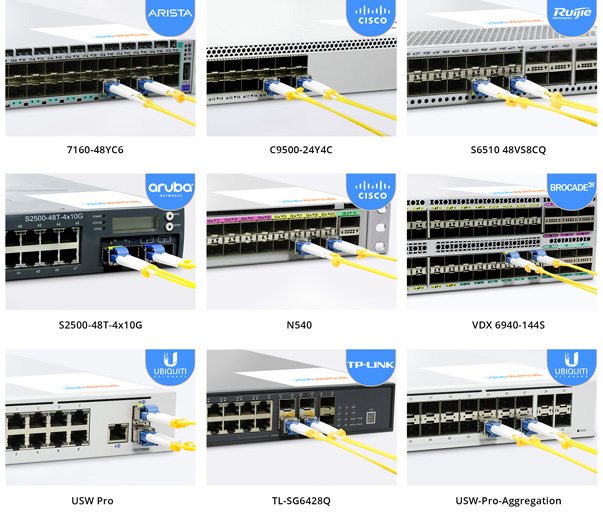
Various Switch Tests
Every module is quality tested for compatibility in the multi-brand switches environment, guaranteeing flawless operations.
Featured collection
-
AVAGO HFBR-2521ETZ Compatible Domestic Alternative Optical Module
Regular price $0.00Regular price -
AVAGO HFBR-1521ETZ Compatible Domestic Alternative Optical Module
Regular price $0.00Regular price -
AVAGO HFBR-1528Z Compatible Domestic Alternative Optical Module
Regular price $0.00Regular price -
AVAGO HFBR-2528Z Compatible Domestic Alternative Optical Module
Regular price $0.00Regular price












